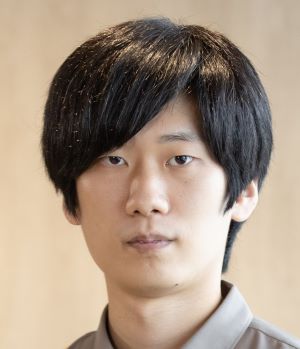How clans form and evolve within human societies has been modeled using a simple computer model developed by a RIKEN researcher and a collaborator1. This demonstration opens the way to modeling complex human social phenomena using simple models.
Many human societies contain cultural groups known as clans, whose members believe that they share common ancestors. These clans develop conventions regarding who should marry whom, and clan members are often encouraged to marry someone from another clan.
This sets up a system of clans known as kinship structures that have been frequently observed in human societies and are considered to be one of the oldest human social organizations.
Kenji Itao of the RIKEN Center for Brain Science has long been intrigued by universality and diversity in human behavior, and this led him to explore human social systems using the tools of statistical physics. While applying physics to cultural anthropology may seem surprising, physics excels in describing complex phenomena using simple underlying math.
"I wanted to explore how complex human kinship structures observed across diverse regions by cultural anthropologists are organized," says Itao. "In particular, I desired to see whether such structures can emerge spontaneously within a simple model that assumes only competition over mates and ties between in-laws."
To test this, Itao and collaborator Kunihiko Kaneko developed a simple model of human social systems. They found that the model predicts the development of structures observed in actual societies for certain choices of parameters.
Itao was impressed by how such a simple model can give rise to complex structures. "For me, the most surprising thing is that a simple mathematical model based on anthropological observations can explain some of the mechanisms for the evolution of complex human kinships," says Itao.
Specifically, they found that two parameters-population size and a parameter that describes the difference between parents' and children's traits-affect the development of social structures.
"In the field of cultural anthropology, several classes of kinship structures are well documented," says Itao. "Our model provides a compelling explanation for why specific structures prevail in particular societies, based on population size and the cultural mutation rate."
The success of the model raises the possibility of developing more models of human societies. "Since a simple model can model the essence of human interactions, we may be able to describe the essential dynamics that drive the evolution of other types of human social structures using similar simple models," says Itao.

Kenji Itao and a collaborator have modeled the development of human kinship structures in societies using a simple mathematical model. © 2025 RIKEN
Rate this article
Stars





Thank you!
Submit
Reference
- 1. Itao, K. & Kaneko, K. Formation of human kinship structures depending on population size and cultural mutation rate. Proceedings of the National Academy of Sciences 13, e2405653121 (2024). doi: 10.1073/pnas.2405653121






